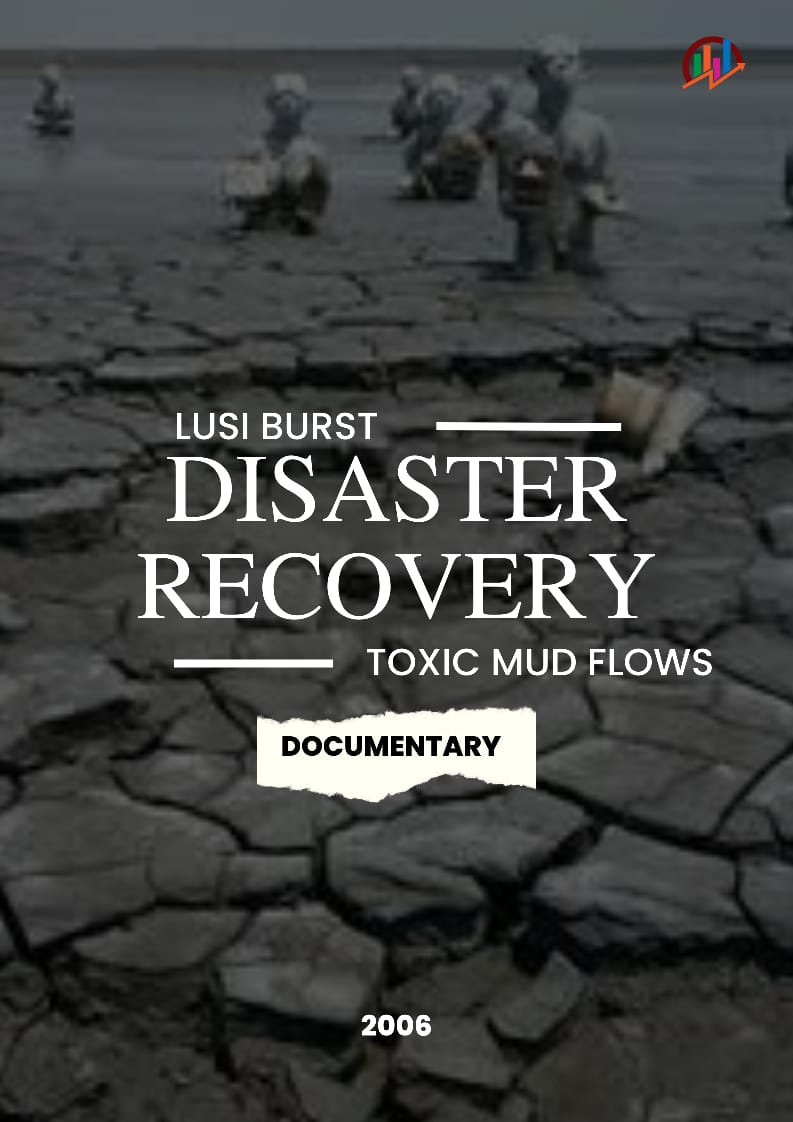LUSI Burst: Addressing Toxic Mud Flows in Indonesia Through Disaster Recovery and Mitigation Strategies
Keywords:
Lapindo Mud, Mitigation, Recovery and Planning, Strategy, Toxic MudAbstract
A major volcanic eruption in May 2006 near an Indonesian gas drilling site continues to release toxic substances. Phenol chemicals, hazardous organic compounds in oil and gas, medications, paint, electronics, and hospitals harm the mud. When inhaled or touched briefly, phenol irritates human skin, eyes, and mucous membranes. Oral phenol is somewhat toxic. The Lapindo Mud Impact harms the economy, society, and ecology. This includes agricultural land damage, livelihood disruption, and business closures. The authorities will direct Sidoarjo mud into the Porong River to regulate Sidoarjo mud. Second, environmental planning is underway to make the area a tourist attraction. Thirdly, control pumps should be used to control flooding in affected areas. Multiple mud retaining embankment breaches have caused water overflow. Residents are worried about residential flooding and fatalities, and they are being urged to be cautious along the dam. Thus, authorities need an effective disaster mitigation system like PPLS (Sidoarjo et al. Center) to quickly resolve mudflow disasters. The house was flooded with mud. When muck enters homes, authorities must act faster. Residents expect mudflow to affect their homes. A mitigation strategy with the village hall is vital to inform inhabitants of the necessary activities. Disaster mitigation will occur before, during, and after. To give disaster-prone residents confidence. This study uses sampling and phenomenology. The snowball sampling method was used. Residents near the Lapindo embankment fence in Gempolsari Village are the focus of this essay. Data was collected through 15-question interviews, 10-question observations, and Gempolsari village hall photos. The document includes results, discussion, and conclusions.
Downloads

Published
How to Cite
Issue
Section
License
Copyright (c) 2024 Retno Tri Nalarsih

This work is licensed under a Creative Commons Attribution-ShareAlike 4.0 International License.

 Universitas Veteran Bangun Nusantara Sukoharjo, Indonesia
Universitas Veteran Bangun Nusantara Sukoharjo, Indonesia

















